Is your GoDaddy site slow?
The quickest way to speed up is to use Cloudflare Enterprise CDN + Perfmatters. The CDN can ensure TTFB under 100 ms, and Perfmatter will optimize your JS, CSS, and images for faster speed.
Overall, the combo can boost your site’s speed by 400-700%.
Now, it’s time to test your website speed yourself.


Check your website in KeyCDN Performance Tools, PageSpeed Insights and GTmetrix. Look at response time closely. What do you see?
If you see “Reduce initial server response time” and overall slow speed.
For getting creamy result in SERP, Google recommends that your TTFB should under 200 ms and LCP must under 2.5 seconds.
Speed up Slow GoDaddy Hosting WordPress Site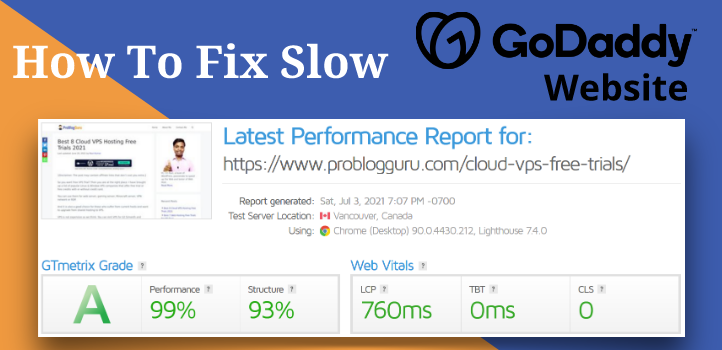
1.Update PHP Version
Still using old PHP?
WordPress consists of PHP. An old PHP version brings down the core processing of WordPress. It also makes the server more vulnerable.
How to update the PHP version in GoDaddy
1.Go to GoDaddy Product Page
2.On My Product page, next to Managed WordPress, select Manage All.
3.Choose Setting from the right three dots.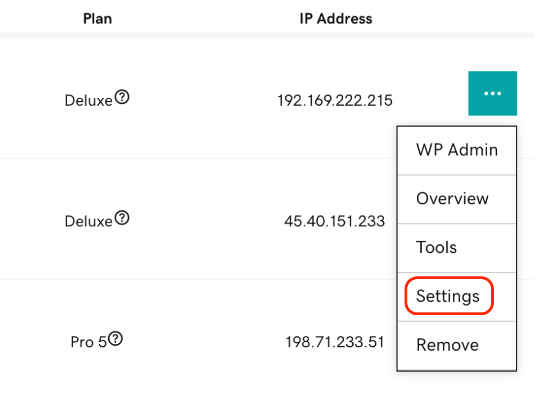
4.Under Production Site, click change of PHP version row.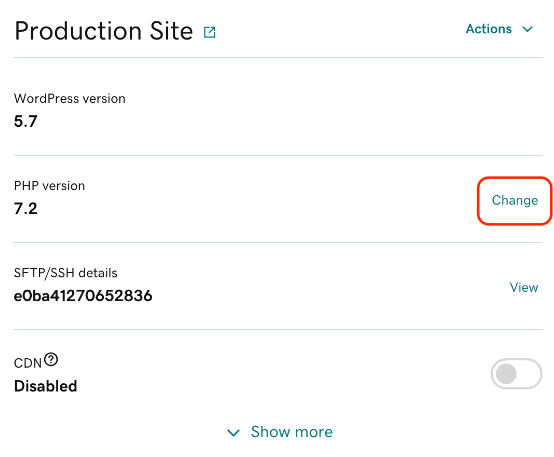
5.Select the latest one and save changes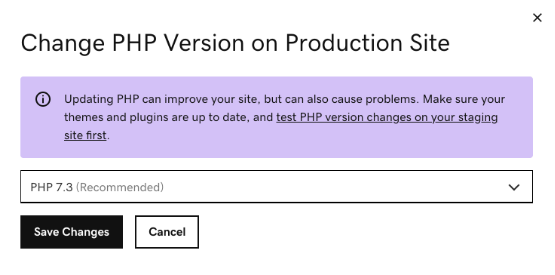
2.Optimize Images
Images are better than thousands of words. It brings more visibility, smooths the UX, and gives content depth meanings.
But if you use high-quality or stock images, these make web pages heavier and loading speed slow.
How To Optimize Images
1.Don’t directly upload your raw images, resize them as post area width.
2.Use the ShortPixel plugin to reduce the weight of images and compress them offline by Image software like Photoshop.
3. Lazyload your images, it exceedingly cuts the burden on the server in the initial stage and helps to pass the LCP, a factor of Core Web Vitals.
4.Serve images in Webp version, now it is required as per Google’s Core Web Vitals.
3.Optimize Third-Party Code
Third-party services like Google Analytics, Google Tag Manager, and AdSense help us grow our blogs.
They inject codes, especially Javascript to be operational on your site and Javascript is heavier than CSS and HTML.
It deadly impacts FCP and LCP.
How to Optimize Google Analytics
We are going to localize the GA code. It will be downloaded, stored and served through the origin server.
In the way, the load on the server cut and latency improves.
1.Install Perfmatters Plugin
2.Navigate to Setting>Google Analytics Tab
3.Enable local analytics, enter tracking id, choose footer for tracking code position and script type minimal.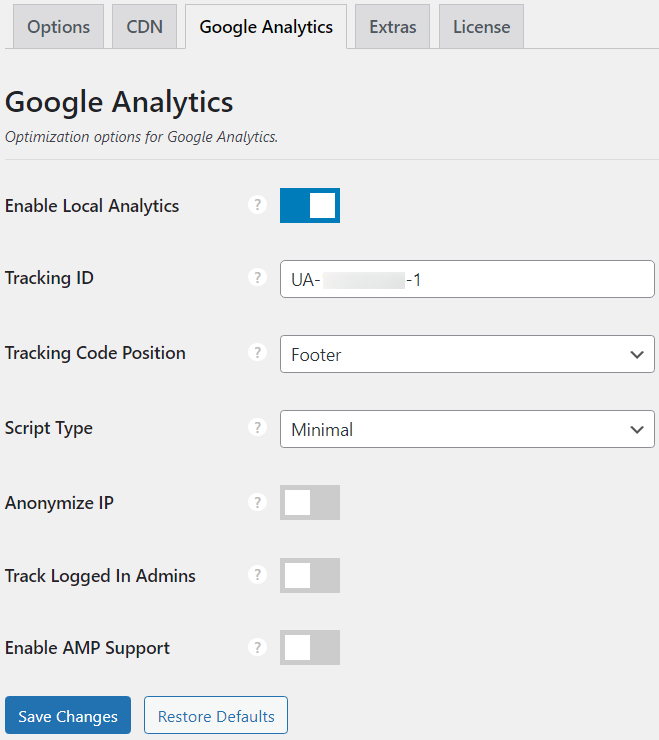
How To Optimize AdSense
Delaying script is the best script optimization method, compatible with almost every JS except jQuery.
1.Again, need Perfmatters Plugin
2.Head to Extras Tab>Assets>Delay Javascript Box
3.Paste adsbygoogle.js
4.Set Delay timeout to 5 seconds.
You can optimize more JSs in the following way.
1.Open any post in Google Chrome’s incognito tab.
2.Press ctrl +U to see the page source.
3.Now enter ctrl+F and search .js.![]()
4.Copy JS links and paste them into a notepad. But don’t copy jQuery.min.js and jQuery-migrate.min.js. Otherwise, your theme or plugin may stop working.![]()
5.Extract their tail names and copy them.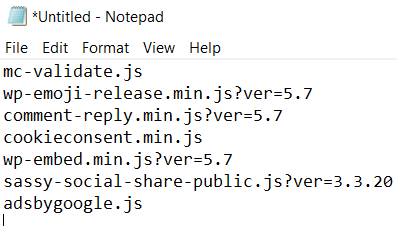
6.Go to Perfmatter Plugin’s Delay Javascript Box and paste them
4.Use Lightweight Premium Theme
Popular Newspaper’s stylesheet has 7168 code lines.
It’s huge.
It is not only one, there are other 30 such code files.
Can you imagine how much a server needs resources to execute the bunches of code?
Humongous.
The kind of theme is called a heavy theme and is not recommended to use on shared hosting.
Another thing, many novice bloggers start their journey with a free theme, and it’s a big mistake.
Why?
1.Generally free themes are made by newly trained developers who just want to test their skills and show them in their C.V. to impress tech companies for better jobs and promotions.
2.They often stop working and never update the theme because they have already gotten their objects fulfilled, and they don’t even get a single penny through it.
Then what motivates them to keep updating their theme?.
This is how free themes become outdated and love letters to hackers.
Use GeneratePress Premium Theme. And your blog’s 60-70% web vital issues will be fixed automatically.
How?
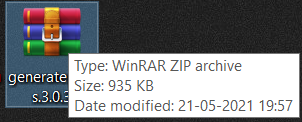
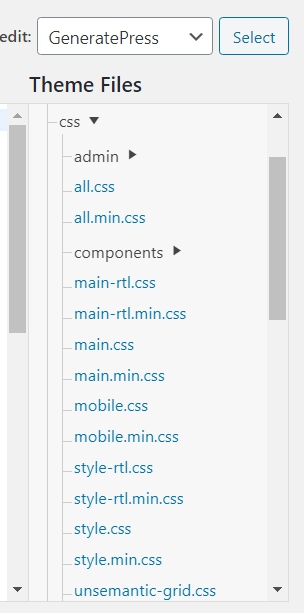
So you can see two versions of a code set. One is minified, and the other is non-minified—only minified codes load.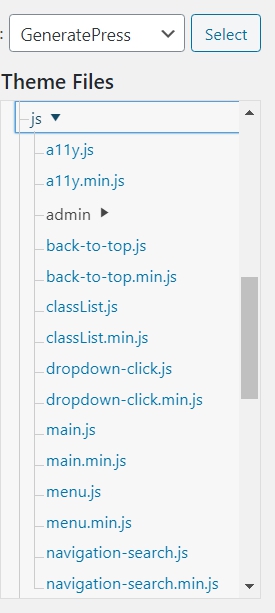

5.Use a Premium Caching Plugin
When a user tries to access your blog, the browser sends an HTTP request to your server.
The server executes many backend operations like PHP processing, running MySQL queries etc to make an HTTP response.
The server sends it back to the browser.
If the number of visitors increases, the server’s back-end processes reciprocally increase for the same HTTP requests.
You can dramatically alleviate these server processes by caching the same HTTP response.
Then server needs to distribute the copies of the HTTP response, not do the same back-end processes again and again.
It will release a lot of burden on the server, won’t it?
So for doing powerful caching of server processes, you need WP Rocket, the most intelligent and robust cache plugin.
Why Choose WP Rocket?
after optimization, it will be just two. Likewise, You can lazyload images and serve them in the Webp version.
Pro Webmasters’ Favourite choice.
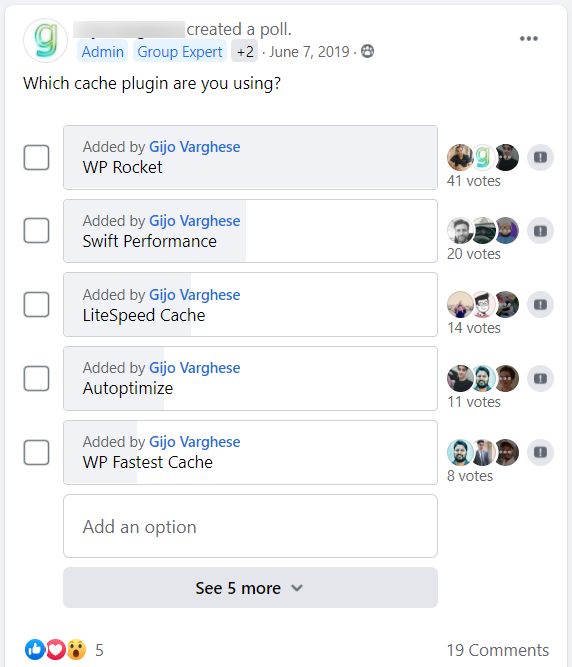
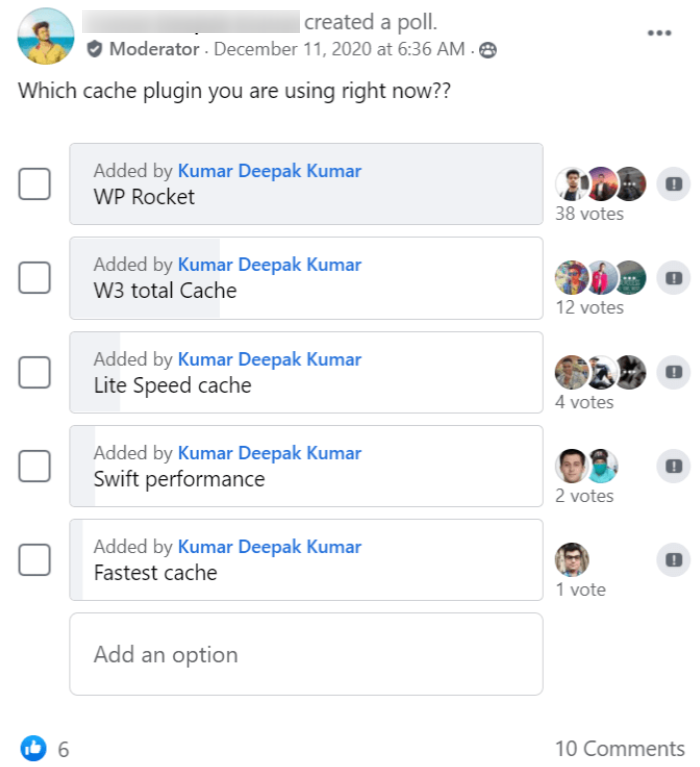
6.Generate Critical CSS
CCSS is a brief stylesheet version, with styling code only for above-the-fold content.
That’s why a browser doesn’t need to load all CSS codes at the initial stage and LCP gets greener.
You can generate automated CCSS in WP Rocket. Just go to File optimization and enable Optimize CSS Delivery.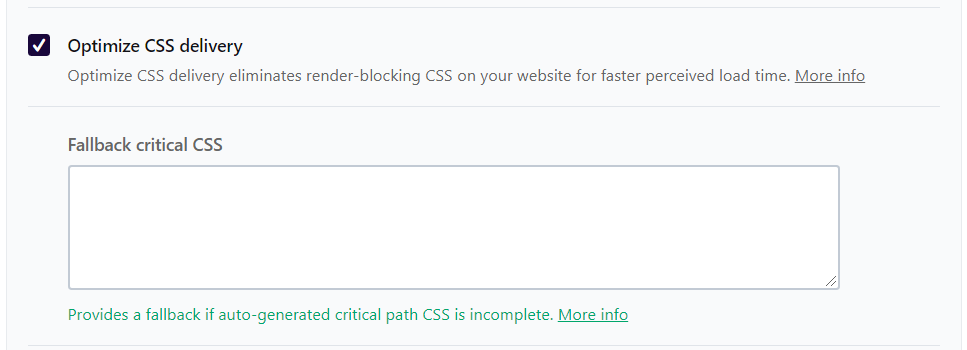
7.Defer Non-Critical CSS
After creating CCSS, deferring non-critical CSS makes the website lightweight for the initial stage.
It helps a lot to load faster.
Just enable Optimize CSS Delivery in WP Rocket. It will take care of everything.
8.Optimize Font
After AdSense and YouTube Video, Google Font is a giant speed breaker.
Why?
1.A website loads Fonts.googleapis.com CSS every 24 hours.![]()
2.How many font families and styles do you use?
The exact number of Fonts.Gstatic.com requests are created.
3.Google Chrome in Oct 2020 and Firefox browser in Jan 2021 have implemented Cache Partitioning for security reasons.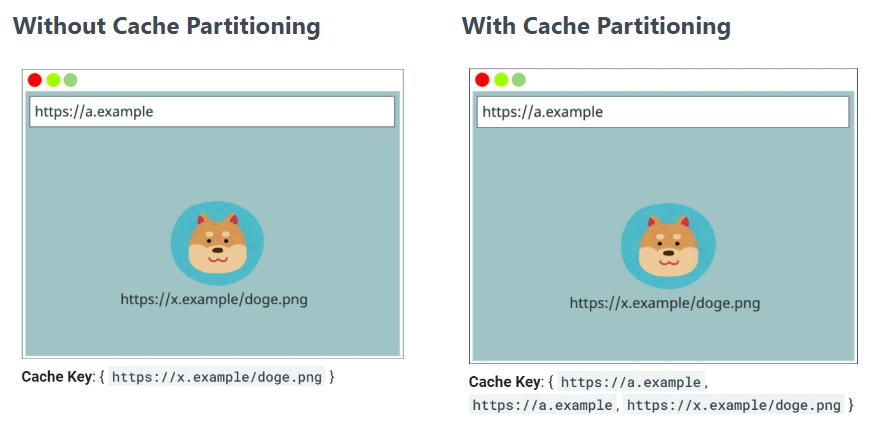
Safari had already forced it into work in 2013.
It means browsers won’t longer be able to use A site’s downloaded font CSS for B site, Even though both sites are using the same font family.
A browser needs to download separate font CSS files for each website.
No caching support like earlier.
The best solution is to host Google font on your own server to reduce additional HTTP requests and manage browser caching of Google Font CSS for longer.
How to Host Google Font Locally
1.Head to Fonts in Perfmatters Plugin
2.Enable Display Swap & Local Google Fonts.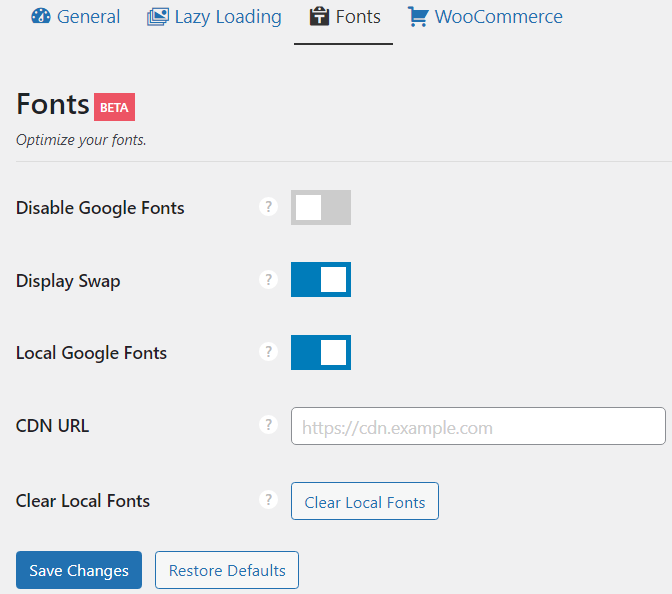
3.Save the change and clear the cache.
9.Optimize Unused CSS
Unused CSS is one of the widespread and complex issues regarding speeding up websites.
Many popular themes like Newspaper and popular plugins like Revolution Slider cause that.
And solving it is barely possible for a beginner because you must dig into codes.
But Thanks to Perfmatters Plugin.
How To Remove Unused CSS
Method-1
If a plugin is used for specific pages like Contact Form 7 is merely used for a contact page.
So you should unload its resources on all pages except the contact page.
1.Go to Extras>Assets>Enable Script Manager in Perfmatters.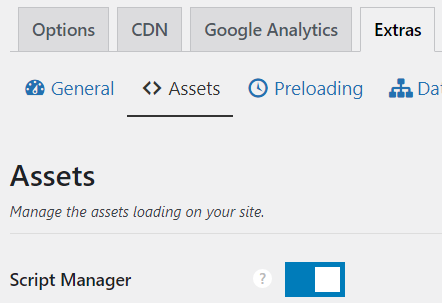
2.Visit the contact us page to unload Contact Form 7 resources.
3.Click on the script manager over the admin bar.
4.In the Contact Form 7 section, put off (/wp-content/plugins/contact-form-7/includes/css/styles.css)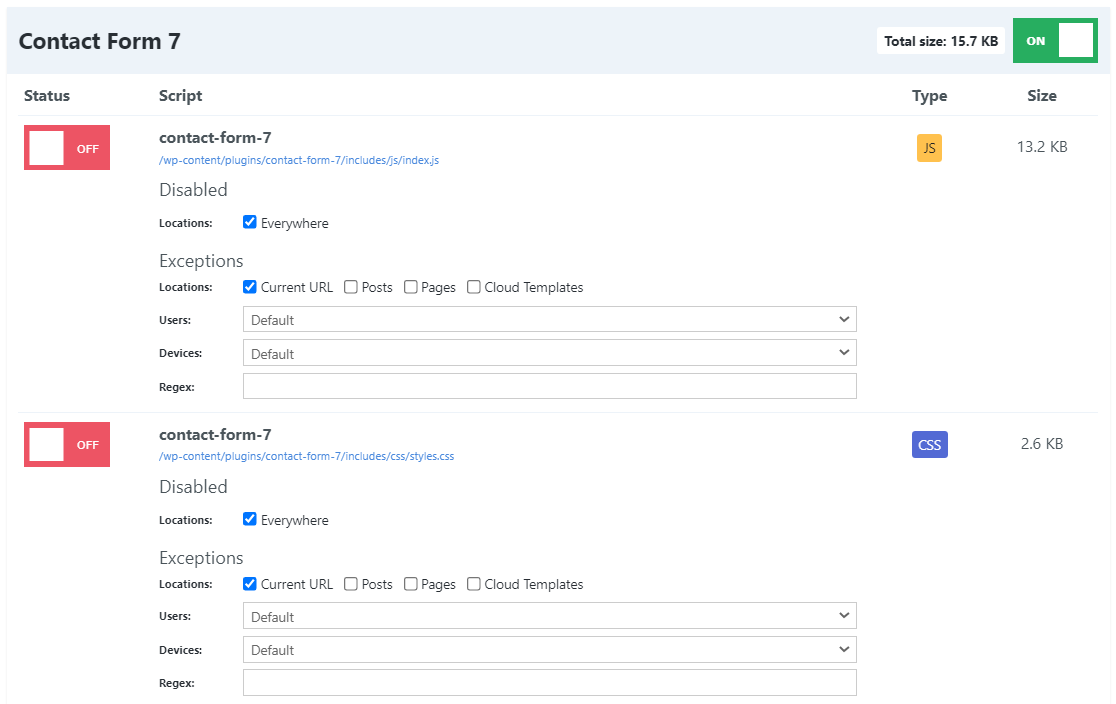
5.Locations Everywhere
6.In Exceptions, Location current URL
7.As like that, you can also unload JS (/wp-content/plugins/contact-form-7/includes/js/index.js)
Method-2
Some CSS files of big themes or plugins are essential for all pages. But all codes are generally not used like the Newspaper theme’s stylesheet.
The best solution is to find a better alternative. But you don’t, follow the steps.
1.Scan your homepage and any post on purifycss.online.
2.Copy the used code and paste it into their file location.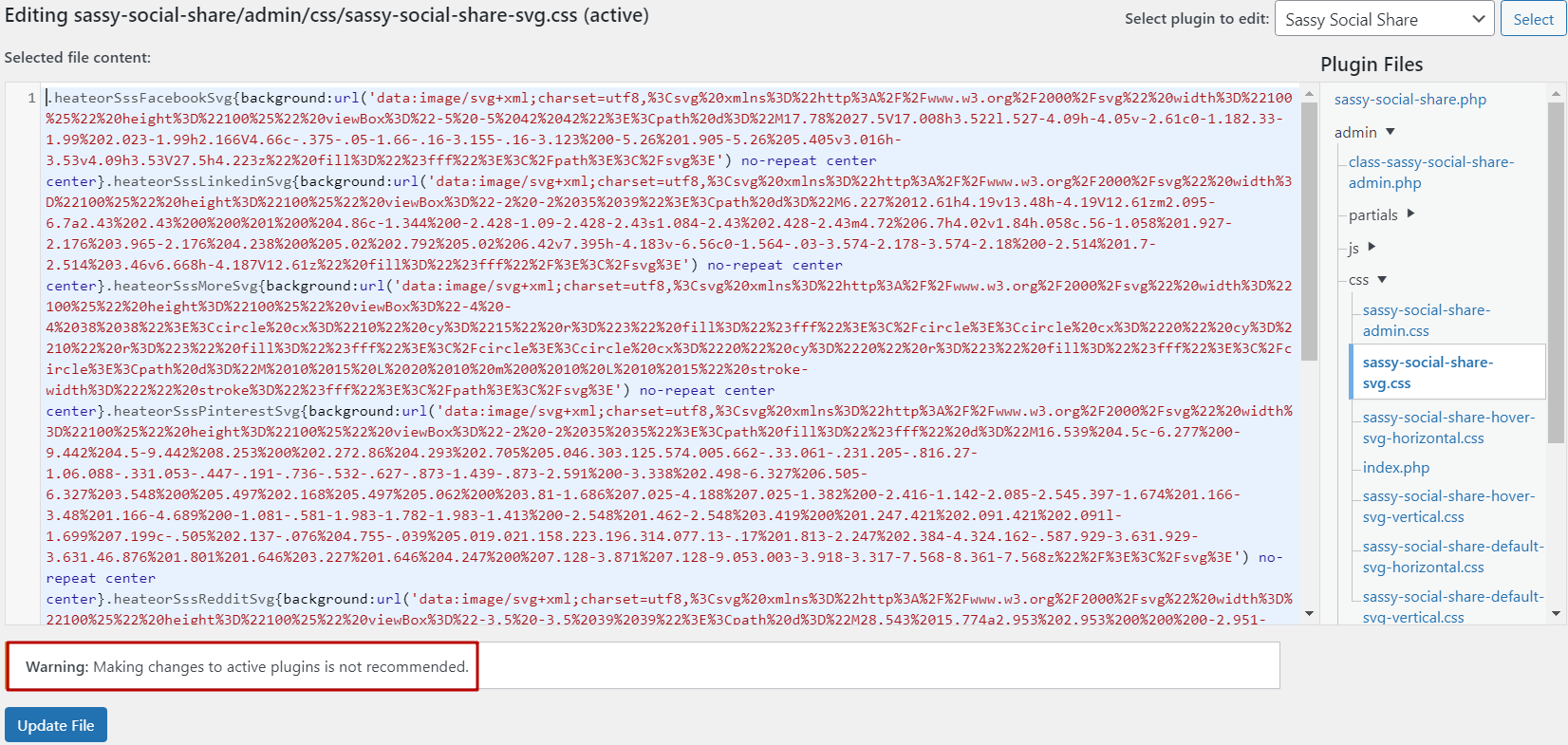
Note-Take backup properly before removing any code, or better to hire a developer. Always scan the URL using higher CSS codes than other pages.
But after updating the theme & plugin, the changes will vanish. So just enable remove unused CSS in WP Rocket & Chill.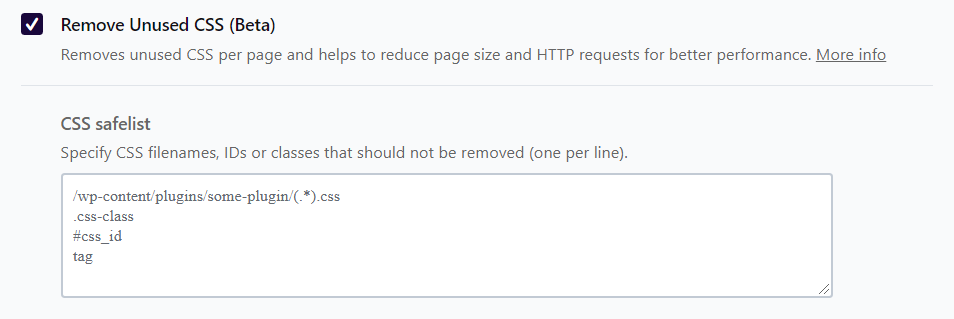
10.Optimize Unused JS
Just delay all js besides some important js. Check the AdSense Optimization section above.
11.Disable Useless Features of WordPress
Do you use Window Live Writer to do a post on your blog?
No….! I guess.
Why then load its resource on all the pages.![]()
It’s not a single useless feature of WordPress. There are 13 like XML-RPC, RSS Feed Links, Embeds, etc.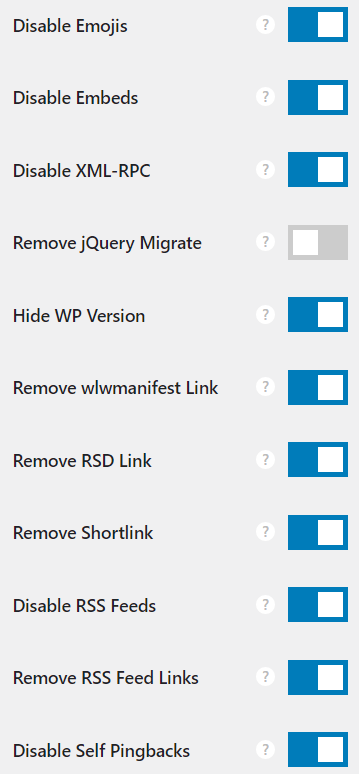
Useless resources load on every page and suffer speed. So you should stop them.
How to Stop Useless Features of WordPress
1.Go to Options>General in Perfmatters.
2.Disable useless features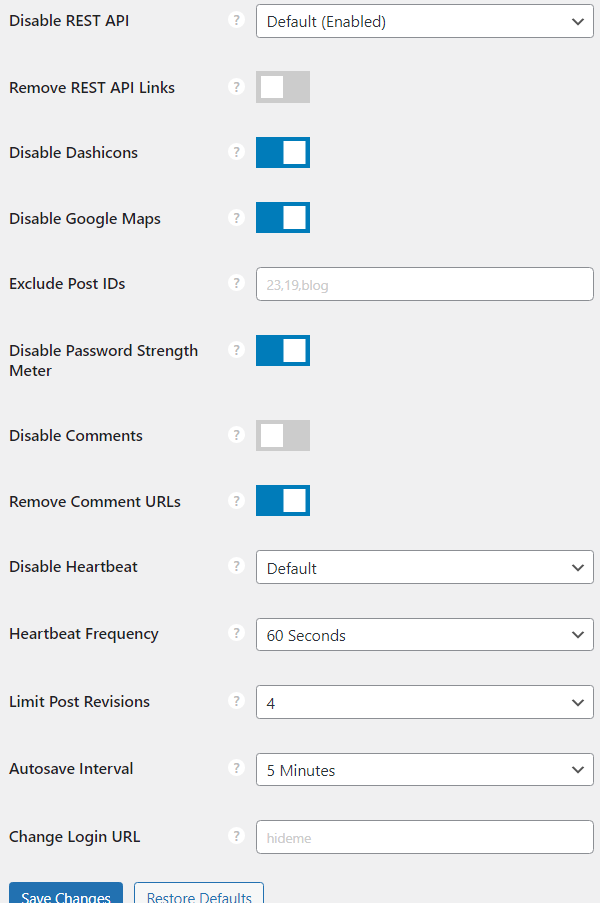
12.Disable WooCommerce Function on Non-WooCommerce Pages
Do you manage some WooCommerce pages on your blog?
You should know, that its resources load on non-WooCommerce pages too.
How To Stop WooCommerce Scripts on Non-WooCommerce Pages
1.Go to Options>WooCommerce
2.Disable Scripts and save changes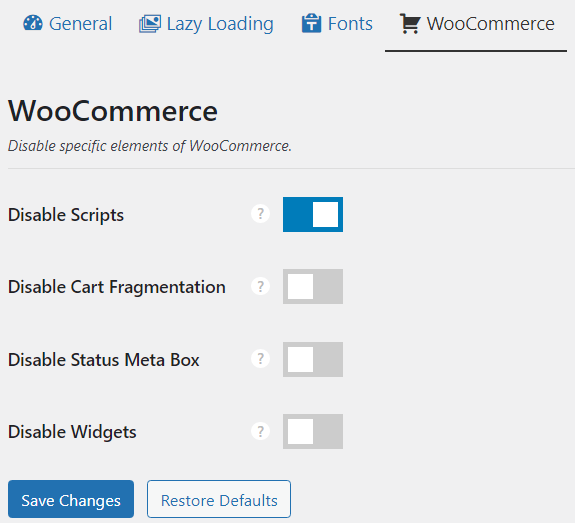
You can disable other options also. If some features don’t work, delay them.
13.Optimize Videos
Already talked about the impact of heavy resource-intensive YouTube Videos.
You can also optimize them with Perfmatters.
Just enable iframes and Video and YouTube Preview Thumbnails in the Lazy Loading Section.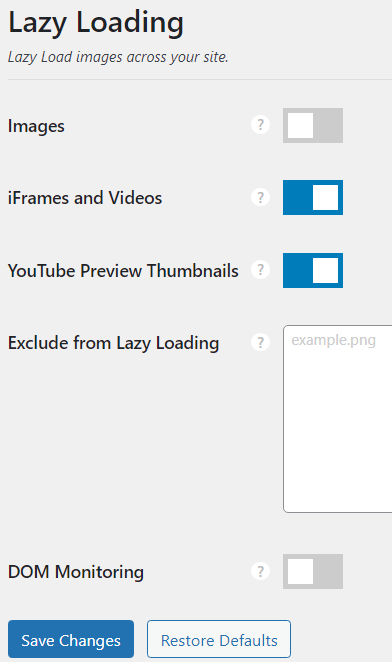
It will delay self-hosted videos and YouTube videos.
14.Control Heartbeat
WordPress launched the API feature in 2013.
It shows notification of plugins in the admin area and sales report of WooCommerce Plugin and does auto-draft.
But it consumes RAM. It could be pain for shared hosting.
How to Control Heartbeat
1.Go to Disable Heartbeat in options
2.Disable everywhere if you want to stop auto-save and revision.
Otherwise, select Only Allow When Editing Posts/Pages and 60 seconds for Heartbeat frequency.
15.Clean Up Database
Have you suffered slow internet speed?
Well, excessive temp files are one of the significant reasons.
Likewise, WordPress stores post revisions, auto-drafts, trashed posts, spam comments, expired transients etc.
These not only occupy space but also stop the server from running optimally. Clean those up.
How to Clean Up Database
1.Head to Extras>Database in Perfmatters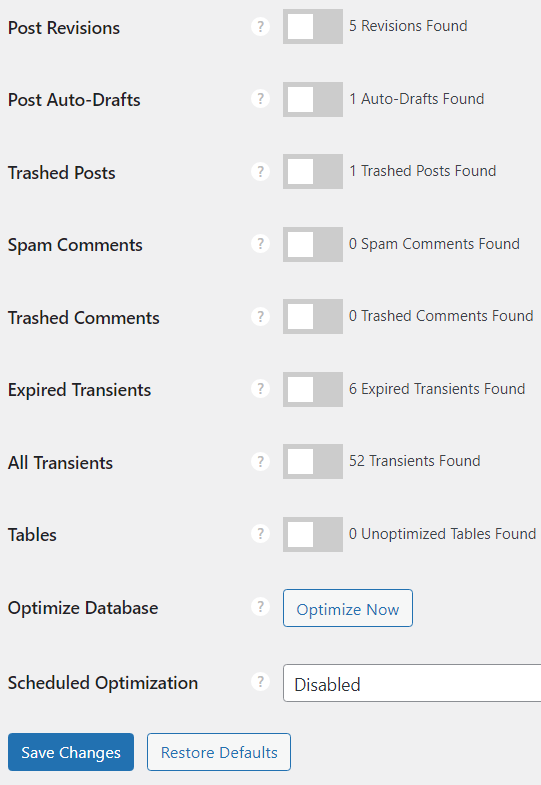
2.Enable trashy item options and optimize now.
Don’t forget to delete data of the uninstalled plugin with the WP-Optimize plugin.
16.Use Premium DNS
The domain name system works like a phonebook. It stores server IP addresses.
When a browser gets to know it and connects with the origin server for retrieving data.
So we need a separate server for DNS.
Every web host manages DNS servers with all hosting plans.
They generally use open source software and deliberately try to handle much more than the actual capacity.
Therefore DNS processing gets too slow and spoils the pages’ whole experience.
Solution-
1.Buy their premium DNS package and update them.
2.Or use Cloudflare DNS freely, it’s World’s fastest DNS.
17.Use CDN
If your audience is global. Then you must use a CDN to maintain faster latency and pass Web Vitals everywhere.
You can use Cloudflare Enterprises that deliver TTFB under amazing 100ms across the world, safeguard your site from DDoS attack, eliminate malicious traffic with WAF & HTTP3 support and does image & mobile optimization.
18.Full Page Cache
Full-page cache helps to serve your WordPress pages as static files.
It saves a lot of costly bandwidth and cuts the origin server’s 80-90% burden.
How to Setup Full Page Cache
1.Move to Rules>Page Rules in Cloudflare.
2.Create two page rules like these.
These rules will do full page cache. Now, if you do any updates in the WP admin area, firstly, disable the page rules.
After all updates, clean cache (Caching>Configuration>Purge Cache>Purge everything) and switch on-page rules.
19.Avoid Heavy Page Builder or Speed Up Them
Do you use a page builder like Elementor?
Open any new post. Press Ctrl+U. Search Elementor.
How many times is it?
Around 1000 to 2000+.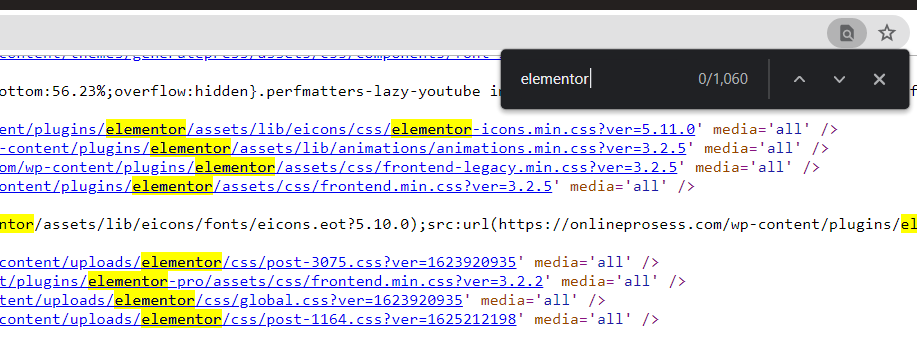
I was shocked the first time I knew it.
It adds vast CSS, JS and DOM elements that create multiple speed issues.
Just replace it with a lightweight Gutenberg or Oxygen page builder.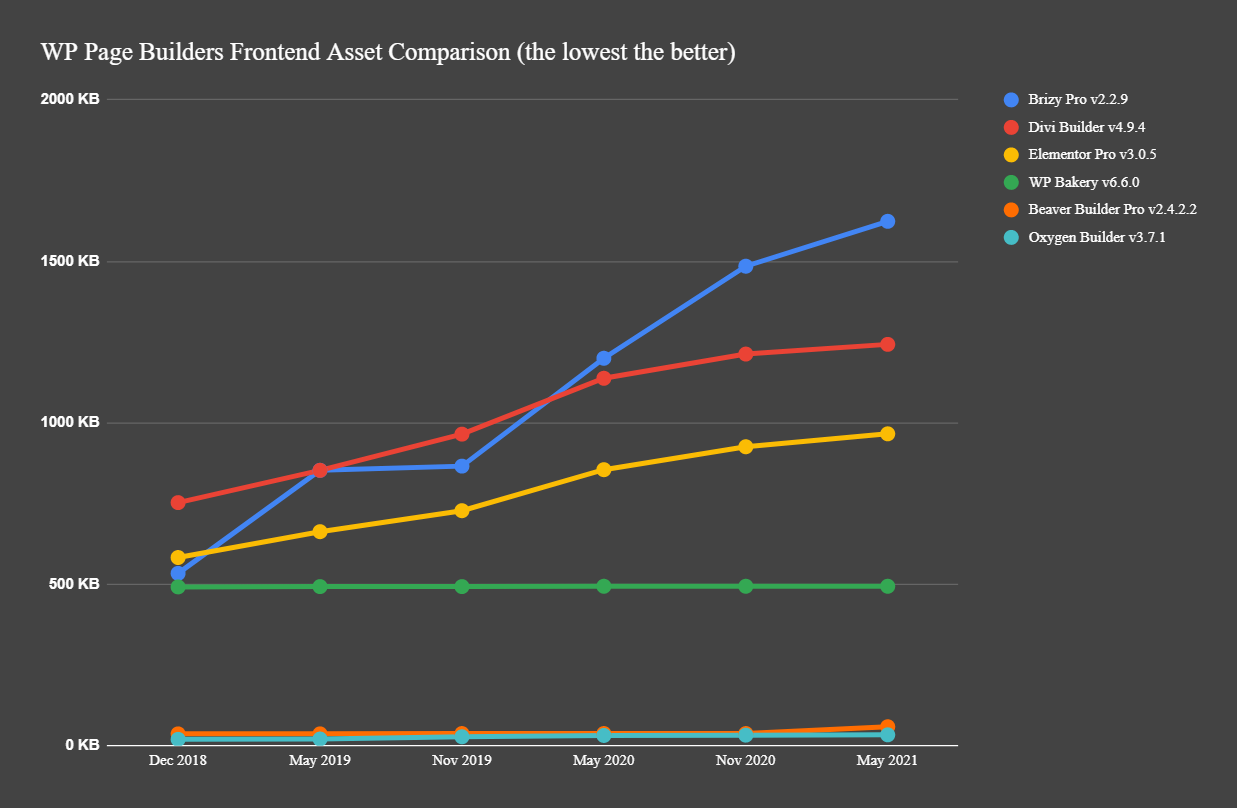
Or otherwise, you can disable their unused HTTP requests by Perfmatters Plugin.
It can thump up speed.
Now Elementor and Divi come with some speed-up features. You can tune it.
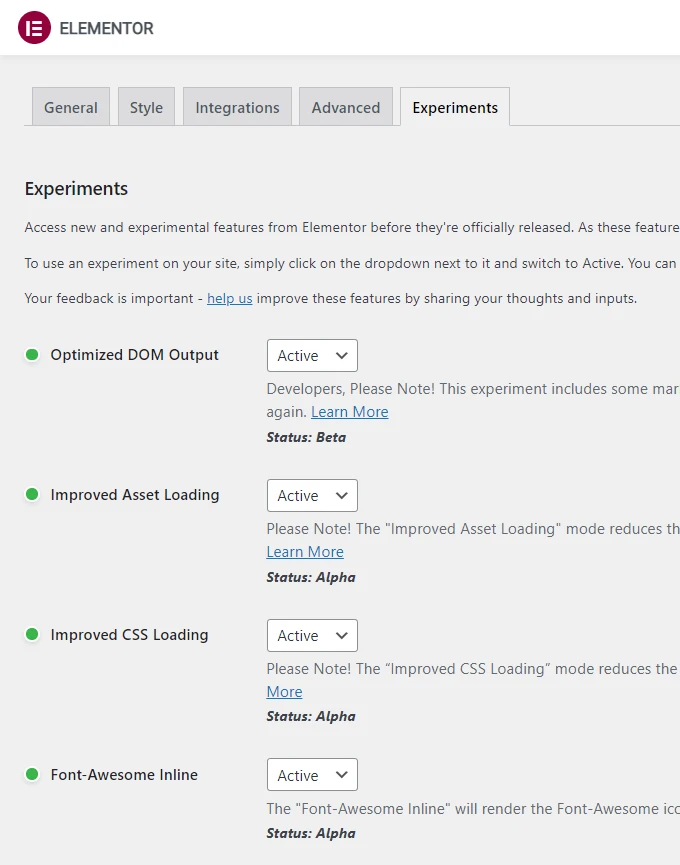
20.Avoid Heavy Plugins
Jetpack-like plugins have a bunch of features. So they attract novices.
You may barely use all their features but in return, they inject a large amount of CSS & JS code in your blog.
So better to use lightweight plugins which add less code and are healthier for RAM and speed.
How To Find Heavy Plugins
1.Install WP Hive extension to Chrome Browser.
2.Visit wordpress.org/plugins.
3.Search your plugin.
4.Find WP Hive Insight on the right side.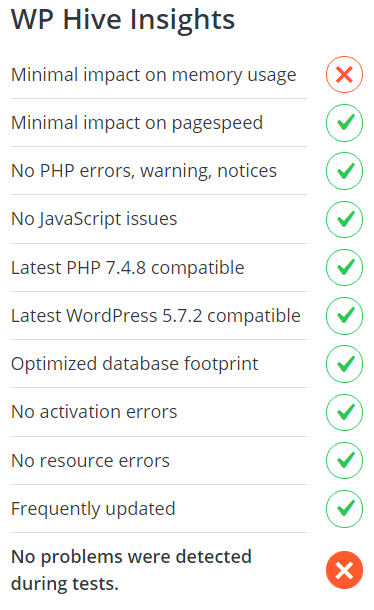
If the minimal impact on memory usage or pagespeed is red. Just find the lightweight alternative to your plugin.
My Favorite Lightweight Plugins
21.Increase RAM
High usage of RAM is a broad issue of Shared Hosting.
As they offer a tiny 256MB and 512MB RAM for the entry-level plans.
It is far less than enough.
So, while a small amount of temp files is stored, tiny RAM runs out.
The situation worsens when you use multiple or heavy plugins or page builders.
If your usage of RAM goes over 80%+, you should upgrade.
It should be at least 1GB for a standard blog or 2GB for production websites.
22.Check Invalid SSL
Now every website should have an SSL and it should be valid.
Must check its SSL
If it is not valid, talk to your host and fix the issue.
Invalid SSL wastes a lot of time to connect browsers and doesn’t encrypt the path.
23.Control Schedule Service of Plugin
Do you schedule database optimization or backup?
Stop it.
This kind of back-end process sometimes creates a lot of burden on the server.
Especially if you are on shared hosting, do everything manually as far as possible or upgrade your plan.
24.Keep Software Updated
Updating software will boost the server process and protect servers against hackers.
So always keep updated Ubuntu Linux, Apache, MySQL, PHP, WP Core, Theme and Plugins.
You can contact the GoDaddy support team regarding server software updates.
25.Stop Spam Bots
Do you know?
Spam bots generate almost 50% of web traffic.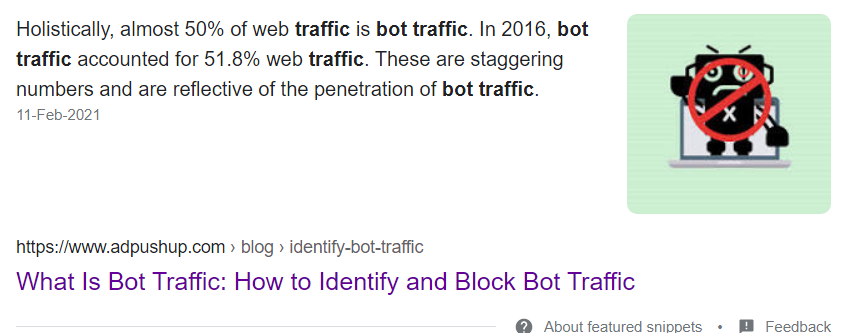
They consume costly bandwidth and put a lot of useless pressure on your server.
You can check it in the Live Traffic Tab in Wordfence Plugin.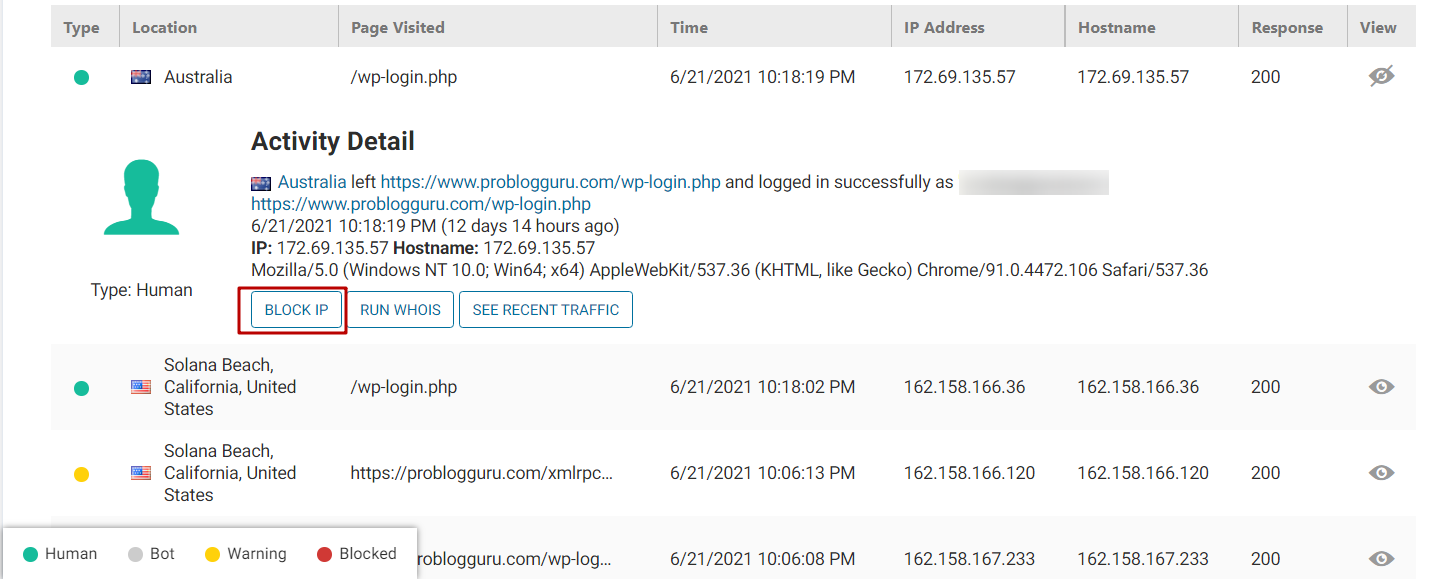 Search their hostname in google. People have already talked about it.
Search their hostname in google. People have already talked about it.
Use Cloudflare, Wordfence or Blackhole for Bad Bots
26.Avoid Old Fashioned Host & Choose New Tech
Still in 2023, using GoDaddy like shared hosting?
Oh come on! you’re missing a creamy result because of not choosing cloud hosting.
Forbes & iTheme suggestion, regular massive cyberattacks and flood of user complaints on social media is a big indication to switch over to cloud hosting from SlowDaddy in order to get maximum speed reward in SERP.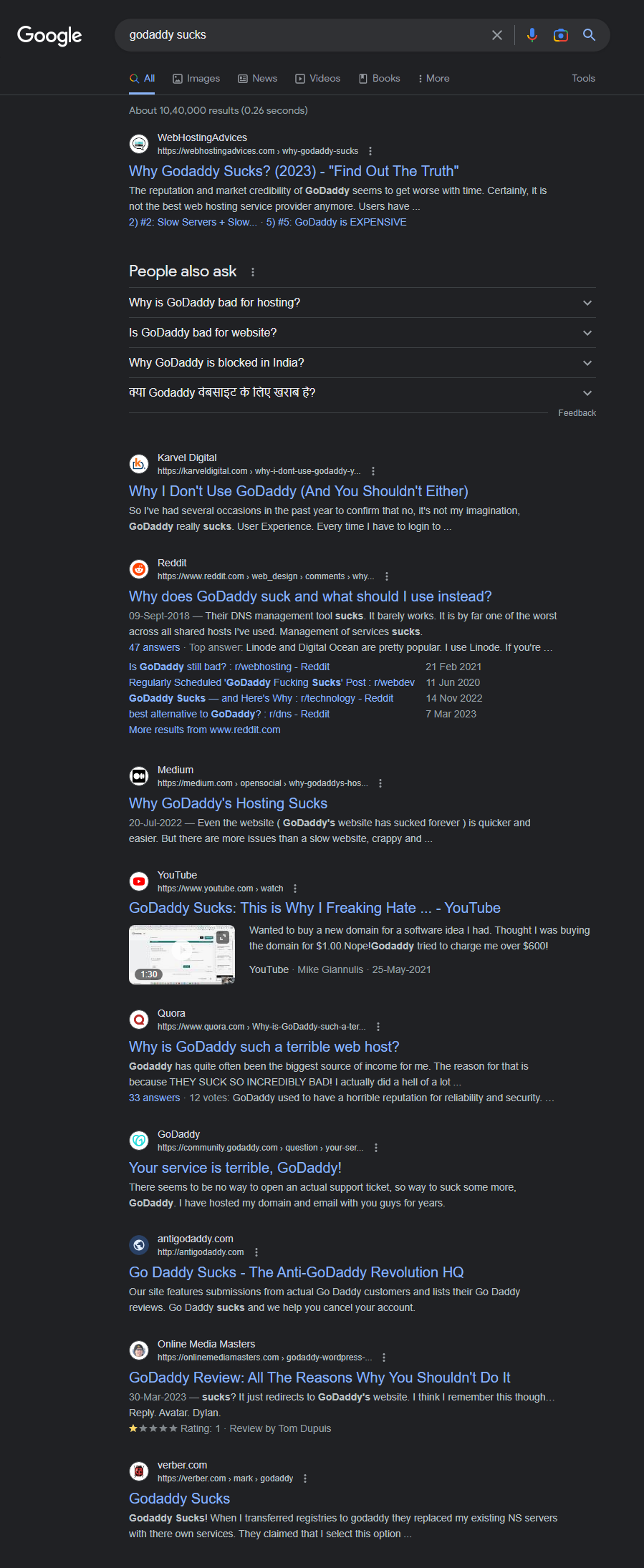
With Cloudflare Enterprise, Cloudways is a go to option that swiftly enhances TTFB on average of 100 ms over 285 pop ups through its APO, Argo Smart Routing and Tiered Cache.
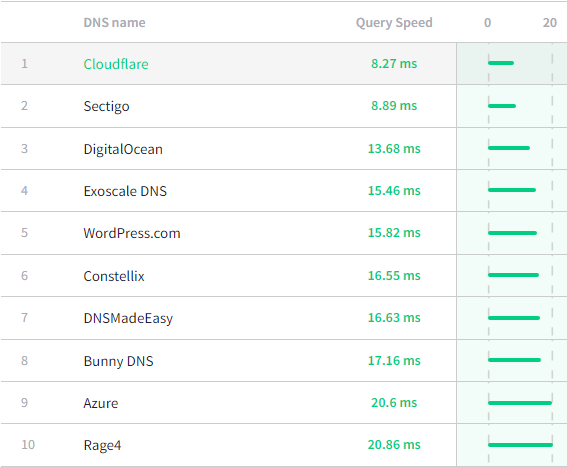
By the way, Cloudflare DNS is the fastest in the World. It also helps a lot to boost TTFB.
Mirage and Polish optimize images well. You won’t require an image optimization plugin. Early hints send indications to search engine bots while a post has been updated and avoid useless crawling in order to save resources.
Cloudflare WAF build ironclad fence and Rocket also do malware scanning & daily backup as a normal daily routine task.
Moreover they have an ideal pre-configure speed optimization setting inside their CF dashboard. Instantly boost your site speed and avoid time & money to hire a speed optimization expert.
You can take a test of the innovative host for free.
FAQ
1. Why is my WordPress site on GoDaddy so slow, even after optimization?
GoDaddy’s shared hosting often struggles under high resource demands. Even after basic optimization, if your Time to First Byte (TTFB) remains high or Core Web Vitals are not passing, it’s likely due to server-level limitations. To fix this, consider upgrading to a plan with better server resources or use a Cloudflare Enterprise CDN to offload traffic and improve global latency. Pair it with Perfmatters plugin for granular front-end optimizations like delaying JS, disabling unused WordPress features, and localizing third-party scripts.
2. How do I update the PHP version on GoDaddy, and will it really speed up my site?
Yes, updating to the latest PHP version can significantly improve your site’s performance and security. WordPress runs on PHP, and older versions slow down backend processing. Here’s how to update it on GoDaddy:
- Log in to your GoDaddy account.
- Go to My Products > Managed WordPress > Manage All.
- Click the three dots > Settings.
- Find the PHP version section and switch to PHP 8.0 or higher.
- Save changes.
Note: Always back up your site and check theme/plugin compatibility before upgrading.
3. What’s the fastest way to reduce LCP (Largest Contentful Paint) on GoDaddy hosting?
Reducing LCP involves both server and front-end optimizations. On GoDaddy:
- Use Perfmatters to lazyload images and delay non-critical JS.
- Switch to a lightweight theme like GeneratePress Premium.
- Enable Critical CSS generation and defer non-critical CSS using WP Rocket.
- Serve images in WebP format and exclude the logo from lazyloading for better visual performance.
- Additionally, offload heavy assets with Cloudflare Enterprise CDN for <100ms TTFB globally.
4. Do free WordPress themes slow down sites more than premium ones?
In most cases, yes. Free themes, especially from unknown developers, are often poorly optimized and bloated with unused code. They may also lack updates, which hurts speed and security. Premium themes like GeneratePress or Astra are:
- Lightweight (GeneratePress is under 1MB),
- Modular (load only necessary features),
- Web Vitals-optimized,
- Regularly updated and supported.
Switching to a well-coded premium theme alone can fix up to 70% of your site’s performance issues.
Is your website still slow? comment box below. I can help you as I can. And if you love the tutorial. Plz share it.
Fix More:
- [Solved] 503 Service Unavailable WordPress GoDaddy [2025]
- [Solved] 500 Internal Server Error WordPress GoDaddy [2025]
- [Solved] Godaddy Error Establishing a Database Connection in WordPress
- [Solved] GoDaddy 502 Bad Gateway WordPress [2025]
Meet Ravi Kumar, our web hosting and WordPress speed optimization guru with over 4 years of experience. He’s optimized 150+ websites, uncovering common VPS performance issues. Armed with insights, Ravi ensures smooth VPS experiences for all.
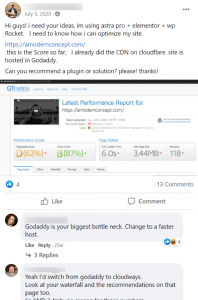
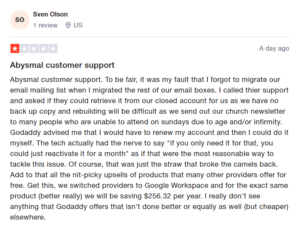
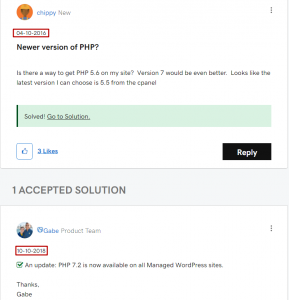
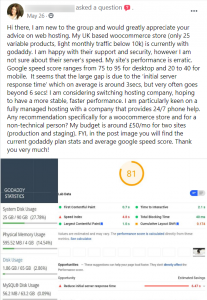


Ah, the classic ‘update your PHP version’ advice. Because we all know how much we enjoy breaking our sites first thing in the morning. Next, you’ll be telling us to ‘just turn it off and on again’.
I tried optimizing images like you said and wow, what a difference! My site loads so much faster now. Thanks for the easy to follow steps, Ravi!
Regarding optimizing third-party code, you’ve got to be careful. Some plugins have scripts that can’t be modified due to updates or terms of service. Plus, optimizing doesn’t always mean stripping away; it can also mean deferring the load or asyncing. Thoughts?
Hey there, Ravi Kumar! I found the tip on using a premium caching plugin particularly interesting. I’m currently weighing the options and wondering if you could recommend a few that are both efficient and won’t break the bank. Also, how significant do you believe the speed difference would be between a free and premium version?
Curious about this too. I’m using a free one but not sure if upgrading is worth it.
Hello, my website is running on GoDaddy and its initial server response time TTFB is extremely slow. Is there any solution for it? I have very less number of plugins on the website
Did you apply speed optimization? After optimization, if TTFB is slow, then I would recommend to switch to Cloud Hosting.